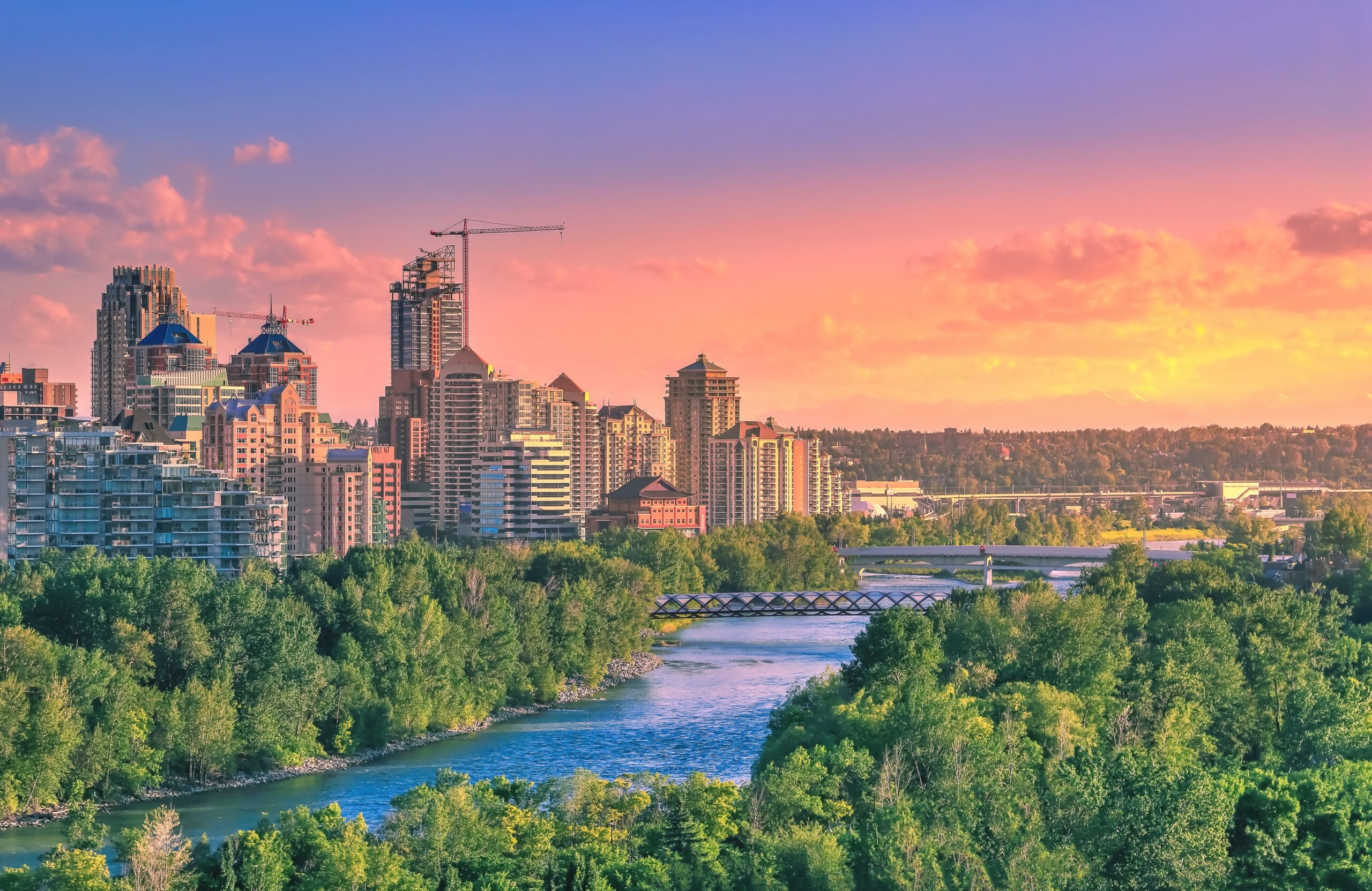A City’s Character Is More Than Its Buildings
As an architect and urban developer, I’ve spent my life thinking about how cities are built—how buildings rise, streets are planned, and neighborhoods evolve. But after decades of working in Indianapolis, I’ve come to realize that a city’s true character isn’t just defined by its buildings. It’s shaped just as much by its trees, green spaces, and the care we put into the environment around us.
Urban forestry and beautification projects aren’t just nice extras—they’re essential to creating cities where people want to live, work, and connect. These efforts breathe life into concrete landscapes. They soften the edges of development. And most importantly, they help build community in ways that steel and glass never could.
The Quiet Transformation of Trees
You might not notice a tree planted today. But give it a few years, and suddenly, the street feels different. Cooler. Quieter. More inviting. That’s the quiet power of urban forestry.
I’ve been fortunate to volunteer with Keep Indianapolis Beautiful, Inc. (KIB), an organization dedicated to enhancing the city’s public spaces through tree planting, pocket parks, and green infrastructure. Over the years, KIB and its volunteers have planted more than 300,000 trees across Indianapolis—trees that now provide shade, improve air quality, absorb stormwater, and reduce heat in some of our hottest neighborhoods.
These aren’t just environmental wins; they’re social wins. Trees increase property values, reduce crime rates, and encourage people to spend more time outside. In every neighborhood, from the city’s core to its outer rings, greenery brings dignity and beauty—and signals that someone cares.
Beautification Is Community Building
When I think about what makes a city feel like home, I don’t think only of impressive architecture or economic growth. I think of flower beds cared for by neighbors, public art on once-blank walls, and forgotten spaces turned into gardens. Beautification isn’t just cosmetic—it’s cultural. It’s civic.
The projects I’ve been involved in with KIB often start small—a cleanup, a handful of volunteers, a few plants. But the ripple effects are huge. I’ve seen neighborhoods transform when residents come together to clean up litter, design a mural, or install a community garden. These shared efforts build pride, foster relationships, and give people a stronger connection to where they live.
As someone who’s chaired civic commissions and worked across the fields of design and development, I can tell you: when people feel a sense of ownership over their surroundings, everything else improves. Beautification sparks engagement, and engagement leads to lasting change.
Design Doesn’t End at the Door
In my architectural work, I’ve always believed that good design should flow beyond the walls of a building. It should extend into the streetscape, the sidewalks, and the spaces between structures. These “in-between” areas are where life happens. And they matter just as much as the buildings themselves.
When we design cities, we have to think about how people move through them, how they pause, and how they connect. Green corridors, tree-lined streets, and landscaped medians don’t just look better—they function better. They make walking more pleasant, driving safer, and neighborhoods more cohesive.
Urban forestry and beautification bring design to the public realm. They ensure that the experience of a city isn’t just for those inside a luxury apartment or corporate office, but for everyone who walks its streets.
Partnerships Make It Possible
None of these projects happen in a vacuum. Beautification is a team effort. It takes city agencies, nonprofit organizations, residents, designers, funders, and countless volunteers. And when these groups come together, the results are more powerful than any single project or policy.
One example I’m especially proud of is the work I’ve done with Second Helpings, another nonprofit making a daily difference in our city. While Second Helpings isn’t about trees or green spaces, it’s about nourishment—physical and emotional. Every day, staff and volunteers rescue food, prepare meals, and deliver thousands of hot plates to those in need. That spirit of community care echoes the same values I see in beautification projects: making our city more compassionate, more equitable, and more livable for all.
I’ve also contributed as a volunteer writer to The Encyclopedia of Indianapolis, helping tell the stories of how our city has grown and changed over time. It’s a reminder that every neighborhood, every park, every pocket of green has a story—and that we all have a role to play in shaping the next chapter.
A Legacy Worth Growing
As someone born and raised in Indianapolis—a sixth-generation Hoosier—it means a lot to me to see our city thriving. But I believe that true progress isn’t just about the buildings we construct; it’s about the spaces we cultivate, the people we uplift, and the legacy we leave behind.
Trees grow slowly. Beautification takes patience. But the results are worth it. When we plant a tree, create a park, or clean up a street, we’re investing in something far bigger than ourselves. We’re saying that we believe in this place. That we care about our neighbors. That we want to build not just a livable city, but a beautiful one.
Urban forestry and beautification may not grab headlines the way skyscrapers do, but their impact is just as lasting. In fact, I’d argue it’s even deeper—because it’s rooted in people, in pride, and in the promise of a better, greener future.
